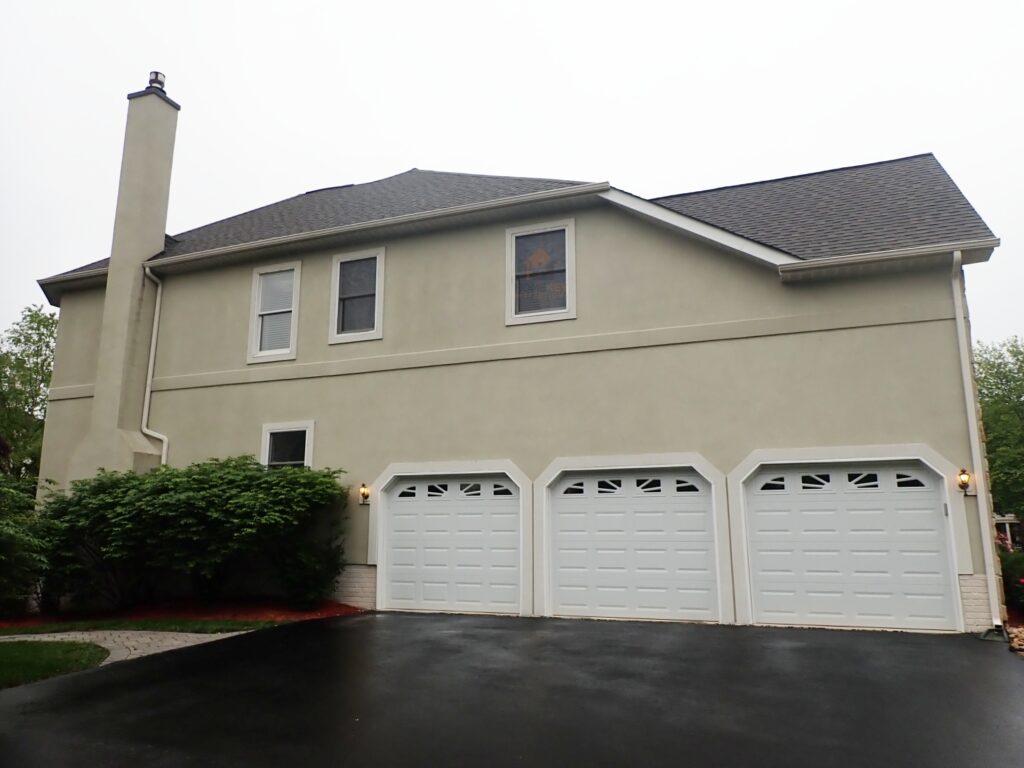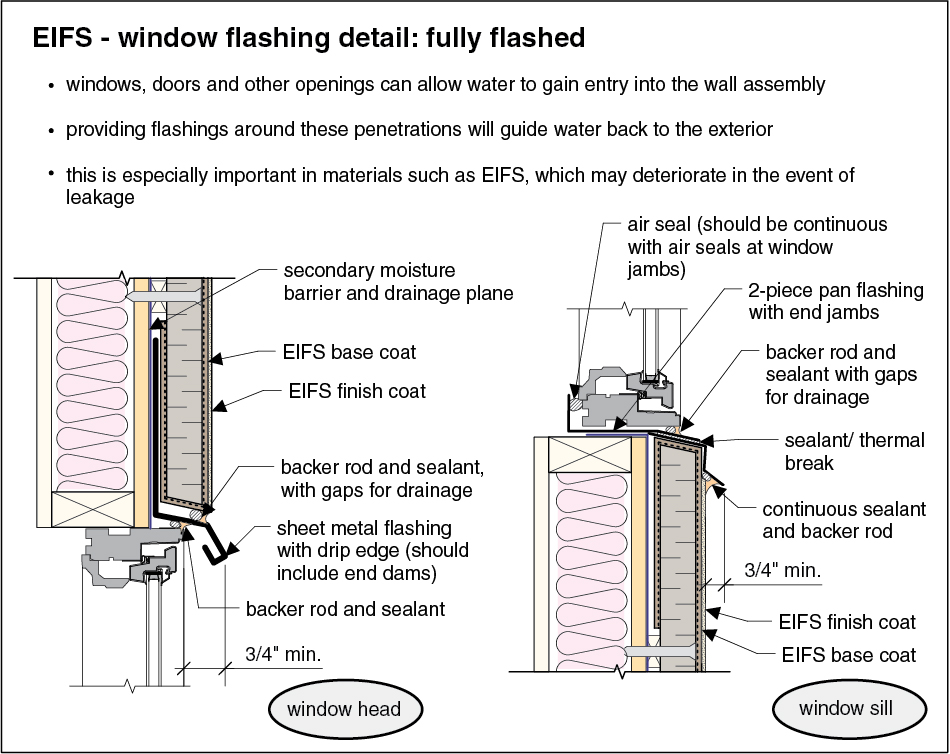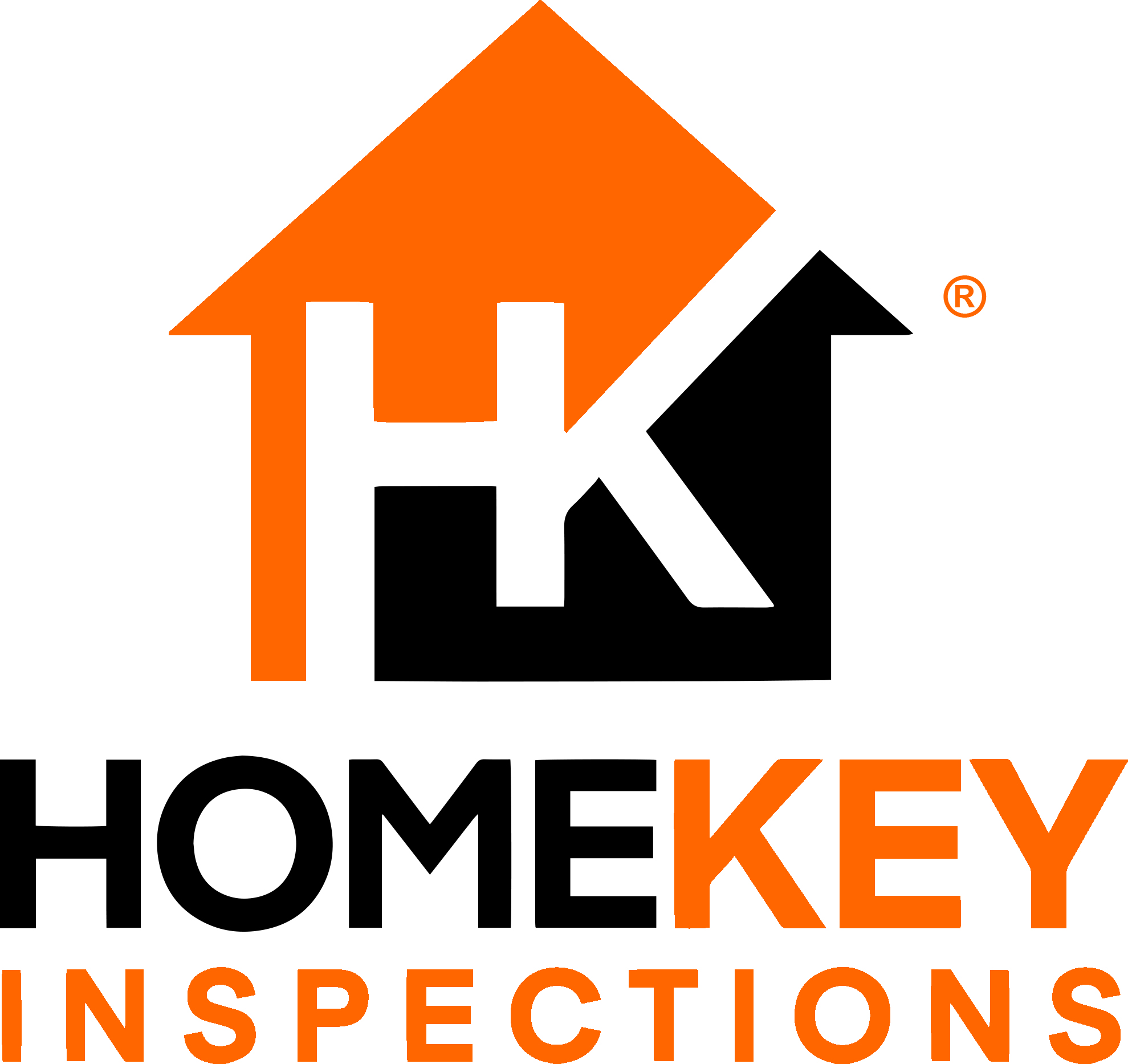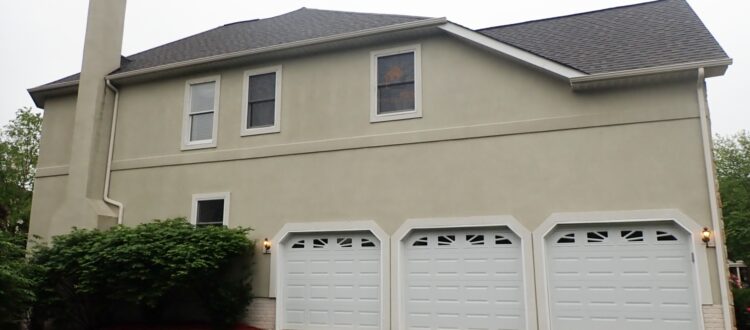Understanding EIFS: A Guide for Homeowners and Homebuyers

A Brief History of EIFS
EIFS, developed in Europe in the 1950s, was introduced to the United States in the late 1960s. It gained traction in the 1970s due to its energy efficiency during the oil crisis. Initially used in commercial buildings, EIFS gradually found its way into residential construction. By the mid-1990s, it became a popular choice for cladding in North America.
However, the industry faced setbacks in the mid-1990s when moisture intrusion problems were discovered, particularly in homes in Wilmington, North Carolina. Poor construction practices and improper installation led to significant damage, resulting in class action lawsuits and a push for better standards and training.
What Is EIFS ?
EIFS (Exterior Insulated Finish System) is a multi-layered exterior wall system that provides insulation and a durable, attractive finish. It consists of the following components:
- Insulation Board: Typically made of polystyrene, this board is attached to the exterior wall.
- Base Coat: Applied over the insulation and reinforced with fiber mesh for added strength.
- Finish Coat: The outermost layer that provides the desired texture and appearance.
EIFS or Stucco ?
EIFS is also sometimes referred to as “synthetic stucco” (and it looks very similar to stucco at first glance). Unlike traditional stucco, EIFS includes a foam insulation layer that enhances energy efficiency. Modern EIFS systems often include a drainage plane to manage moisture, addressing some of the issues faced by earlier barrier-type systems.

Note: You may sometimes hear the pronunciation “EE-FIS” when referring to this material, but the correct pronunciation is “EEFS” 🙂
Benefits of EIFS
EIFS offers several advantages as a wall cladding system:
- Energy Efficiency: EIFS can significantly reduce air infiltration, lowering energy costs.
- Design Flexibility: Available in various colors, textures, and styles, EIFS can mimic different architectural finishes.
- Lightweight: As a non-structural component, EIFS does not add significant weight to the building structure.
Common Problems with EIFS
- Moisture Intrusion:
- Windows, Doors, Electrical Outlets: These interruptions / penetrations in the wall cladding are common entry points for water (true for any wall cladding / siding material, and certainly true in the case of EIFS).
- Roof and Deck Flashings: Improper installation can lead to leaks.
- Below Grade Installation: Foam boards placed below ground can wick moisture, leading to rot and pest infestations.
- Improper Installation:
- Flashing and Sealing: Failure to properly flash and seal openings can result in water damage.
- Lack of Secondary Weather Barrier: Many EIFS homes built before 1997 lack a secondary barrier, making them more susceptible to moisture problems. Once water (inevitably) gets behind the primary barrier (the finish layer), it has no way to escape, which can lead to extensive water damage over time.
- Hidden Damage:
- Invisible Leaks: Water damage often remains hidden behind the cladding, becoming apparent only after significant damage has occurred.
Common Causes of EIFS Problems

Several factors contribute to the issues associated with EIFS:
Misconceptions about Waterproofing:
- Homes cannot be made completely waterproof. The earlier, barrier-style EIFS installations relied solely on the exterior finish to act as the waterproof barrier (which was and is unrealistic). Even the best caulking will eventually fail, allowing water to enter.
Inadequate Inspection and Enforcement:
- Many installations are not inspected properly, leading to deviations from industry standards.
Evolving Guidelines:
- Installation guidelines have evolved, but changes have been slow to disseminate through the construction industry.
- Lack of Training:
- Applicators may not receive adequate training, leading to improper installation.
- Dependance on Correct Installation by Other Sub-Contractors:
- Particularly in barrier-systems (where no drainage plan is incorporated behind the insulation board), EIFS can be an unforgiving material. EIFS applicators are not typically also the ones responsible for installing the water-resistive barrier (WRB) or flashings around wall penetrations (e.g. windows, outlets). It’s important that other related components (windows, doors, flashings, etc.) have been correctly installed and inspected for an effective EIFS application.
Tips for Homeowners and Homebuyers
Inspection
- Have a qualified inspector examine the EIFS installation, especially if the home was built before 1997.
Maintenance
- Regularly inspect and maintain caulking and sealants around windows, doors, and other openings.
- Ensure proper drainage around the foundation to prevent water from wicking up into the EIFS.
Proper Installation
- Work with certified and experienced EIFS applicators.
- Ensure that all flashing and sealing details are followed meticulously.
Awareness of Hidden Damage
- Be aware that moisture problems can remain hidden for years. Early detection and repair can prevent extensive damage.
Conclusion
EIFS can provide significant benefits in terms of energy efficiency and design flexibility, but it requires careful installation, and some basic maintenance related to water management. By understanding the potential problems and taking proactive steps to address them, homeowners and homebuyers can enjoy the advantages of EIFS while minimizing the risks.
For more information and resources, homeowners can contact the EIFS Industry Members Association (EIMA) or consult with a qualified EIFS inspector. Taking these steps can help ensure that your EIFS-clad home remains a beautiful and energy-efficient investment for years to come.

